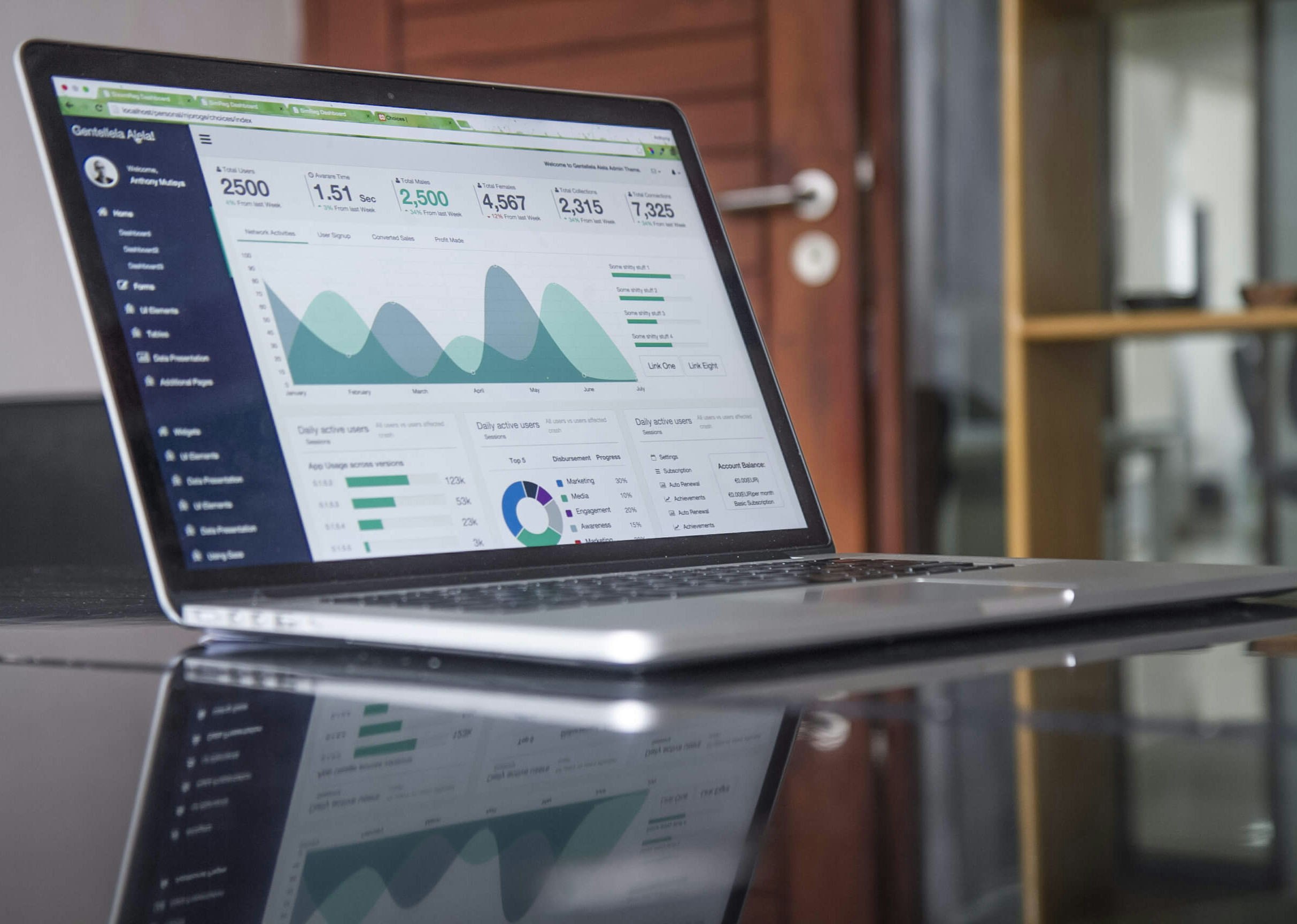Checkout Links for Shopify - Blog
Share optimized direct checkout links anywhere – social media, emails, customer chats, or offline with QR codes. Pre-load your offer, customer information and streamline the purchase flow.

How Shopify Upsells Help You Make More Money
If you’re looking for ways to make more money from your Shopify store, you should definitely consider using upsells. Upselling is a great way to increase the average order value of your customers, and in turn, boost your profits.

Why You Should Add Post Purchase Upsells To Your Shopify
Post purchase upsells are a great way to make more of that sweet, sweet money while offering your customers products they already want! Post purchase upsells are designed to sell customers additional products after they've completed the checkout process, and they're a great way to increase your revenue and customer satisfaction.

How to Remove "Powered by Shopify" for a Clean and Customized Look: A Step-by-Step Guide
When building an e-commerce website on Shopify, you gain access to a wealth of benefits: a plethora of third-party apps, seamless payment gateway integrations, invaluable analytics tools, and so much more. However, along with these advantages comes a small catch: the "Powered by Shopify" tagline in the footer of your website.

How to Use Shopify QR Codes for Your Business
If you're a business owner, you're always on the lookout for ways to attract more customers, drive sales, and improve your marketing efforts. And one of the most effective ways to do this is by using QR codes. In this article, we'll explore everything you need to know about how to use Shopify QR codes for your business.

